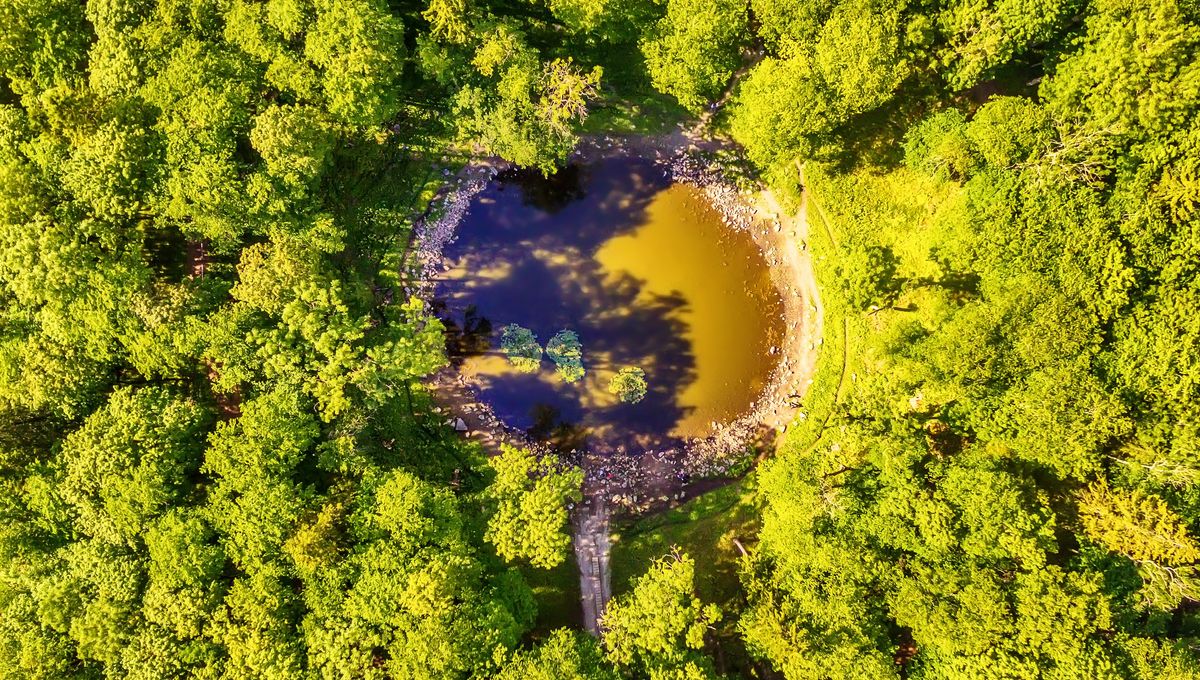
It is difficult to estimate how many asteroids have hit Earth. In most cases, the craters are eroded and erased by our changing planet, unlike the surface of the Moon where many are still visible. But researchers have found a new way to confirm an impact, approaching it like a crime scene investigation.
The team investigated four locations of known meteorite impacts: two in Estonia, one in Poland, and one in Canada. As reported in the journal Geology, these craters formed at different times and on two different continents, but the team found in each place small pieces of charcoal mixed with the crater ejecta.
“At first we thought those charcoals were formed by wildfires that occurred shortly before the impact, and charcoals just got tangled in this extraterrestrial situation. But something was not right with this hypothesis, there were too many coincidences; why would there be large wildfires shortly before formation of four different small impact craters divided by thousands of kilometers and years? Why would it be found only in a very specific location within the proximal ejecta blanket?” lead author Dr Ania Losiak, from the Institute of Geological Sciences, Polish Academy of Sciences, and the University of Exeter, said.
“It made no sense, so we decided to investigate further and analyze properties of charcoal pieces found intermixed within material ejected from craters and compare it with wildfire charcoals.”
The team treated the charcoal from the craters like the victims of a crime scene, reconstructing what happened to the biological material. They found the charcoal was not at all like that created by wildfires. The incoming space rocks broke and burned tree branches, and these intermixed with the soil and other material that the team excavated from the rim of the craters.
“Impact charcoals are really weird: they look as if they were all formed in much lower temperatures than wildfire charcoals, they lack sections that were formed while directly touching the flame, and they are all very similar to each other, while in a fire it is common to find strongly charred wood just next to barely affected branches,” co-author Professor Claire Belcher from the University of Exeter explained.
The work expands our understanding of the impact of small craters on the local environment, something that could be useful if we were to discover a small asteroid coming our way and had to plan an evacuation zone.
“Our research may also help to find new impact craters on Earth; we expect that we are missing from our records more than ten craters formed within the last ten thousand years. We need to find them before their relatives visit us unexpectedly,” added Professor Witek Szczuciński from the Adam Mickiewicz University in Poznan.
The last known crater to form on our planet from an impact was on September 15, 2007, when a small asteroid landed in Carancas, Peru, leaving behind a crater 13 meters across (43 feet) and 4.5 meters (15 feet) deep.
Source Link: CSI-Style Approach Solves Mystery Of Asteroid Impacts